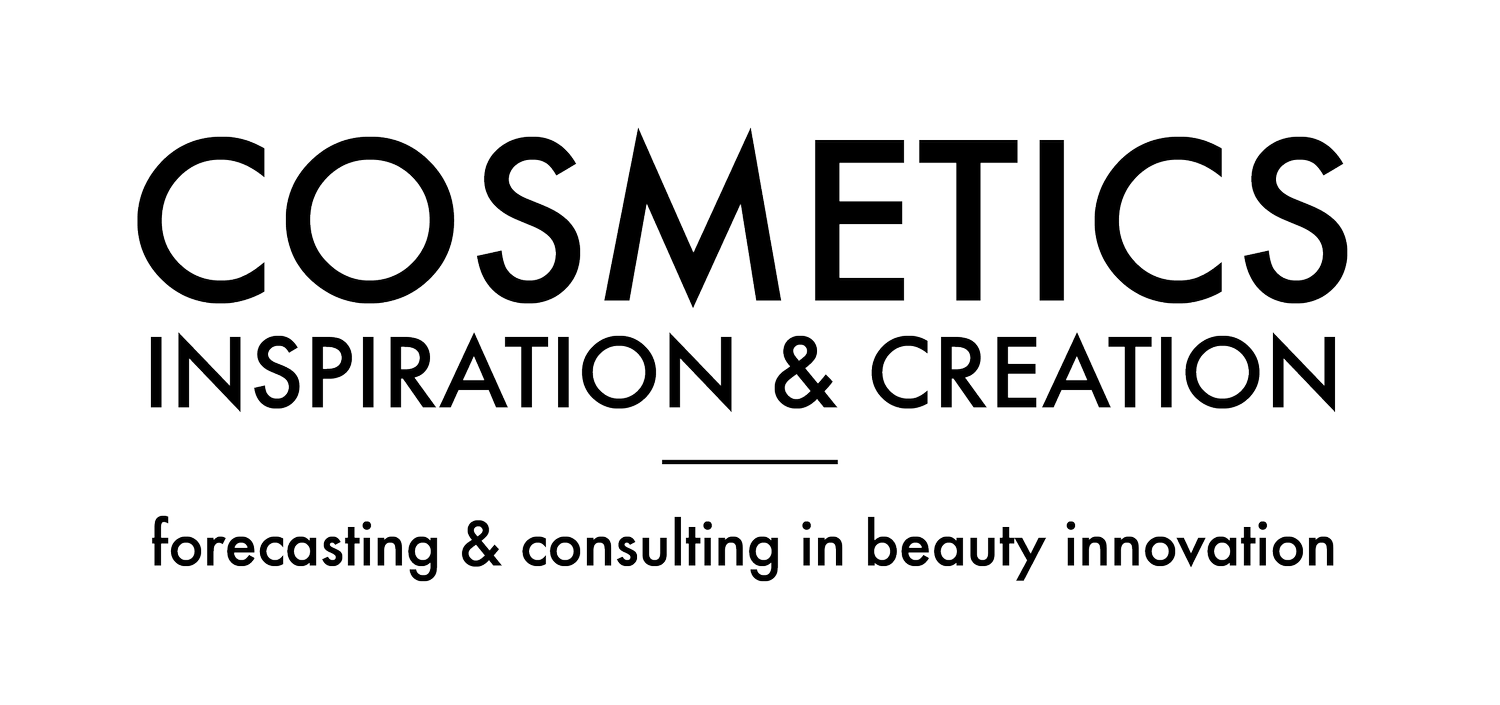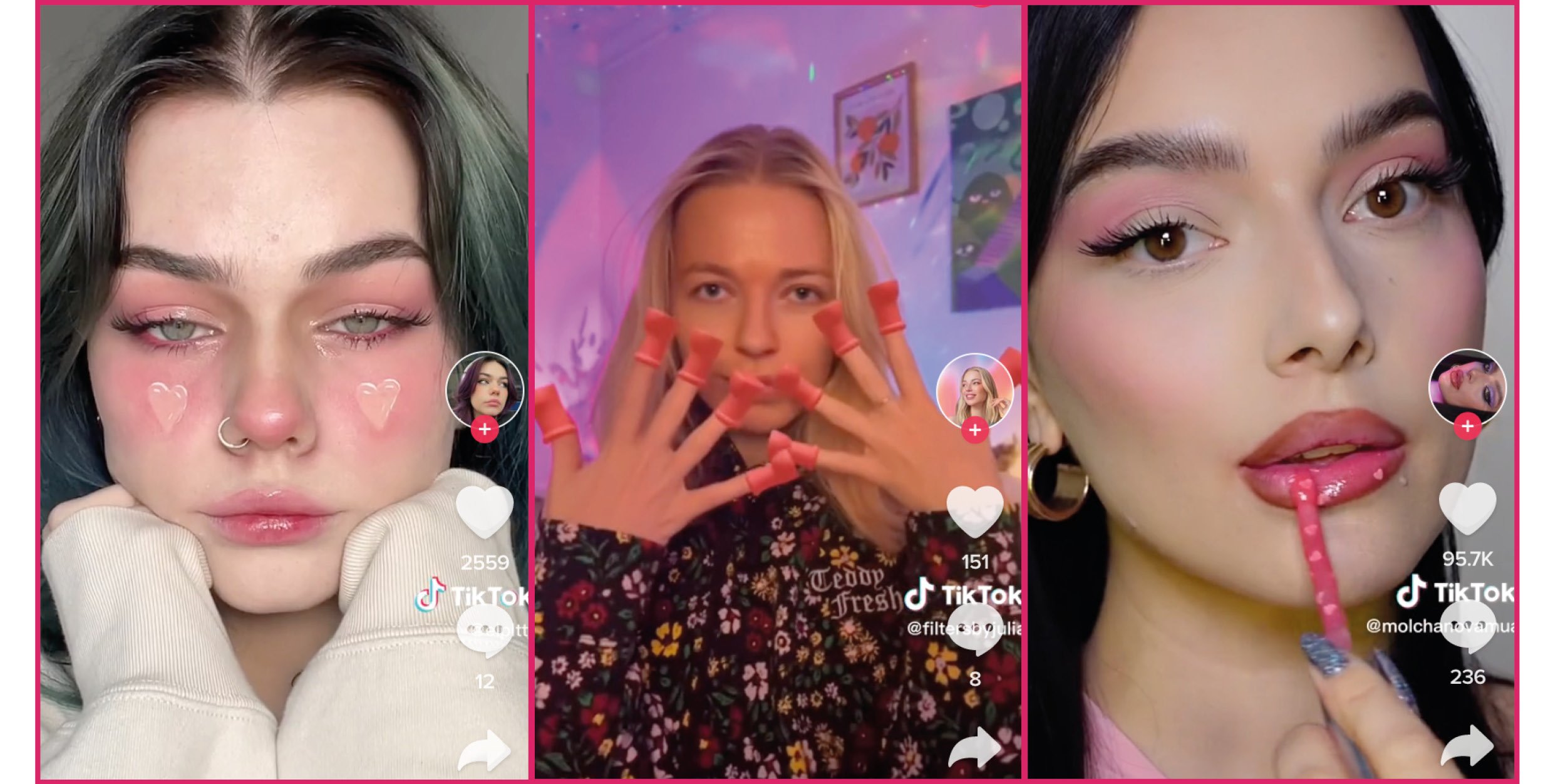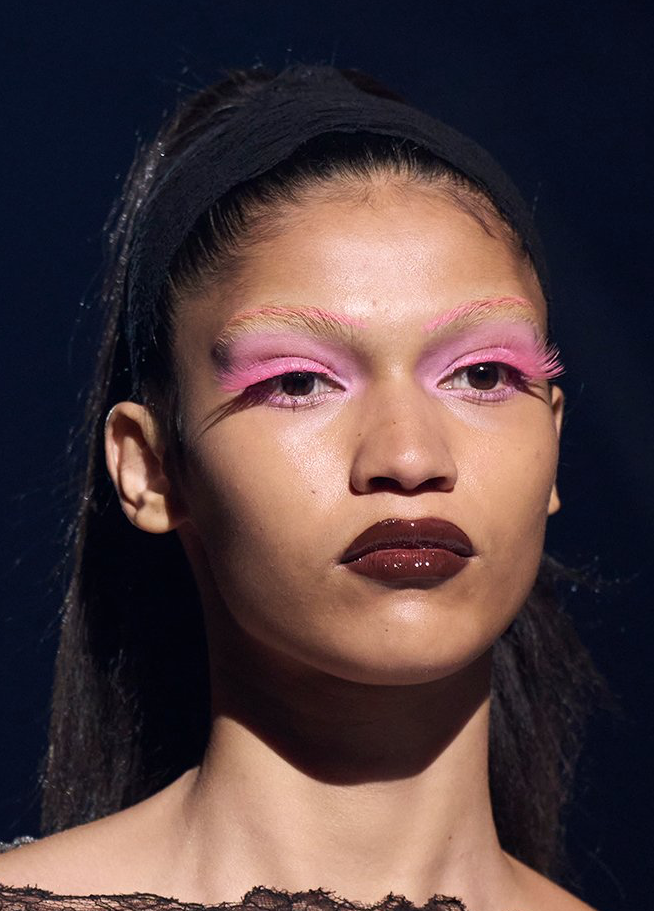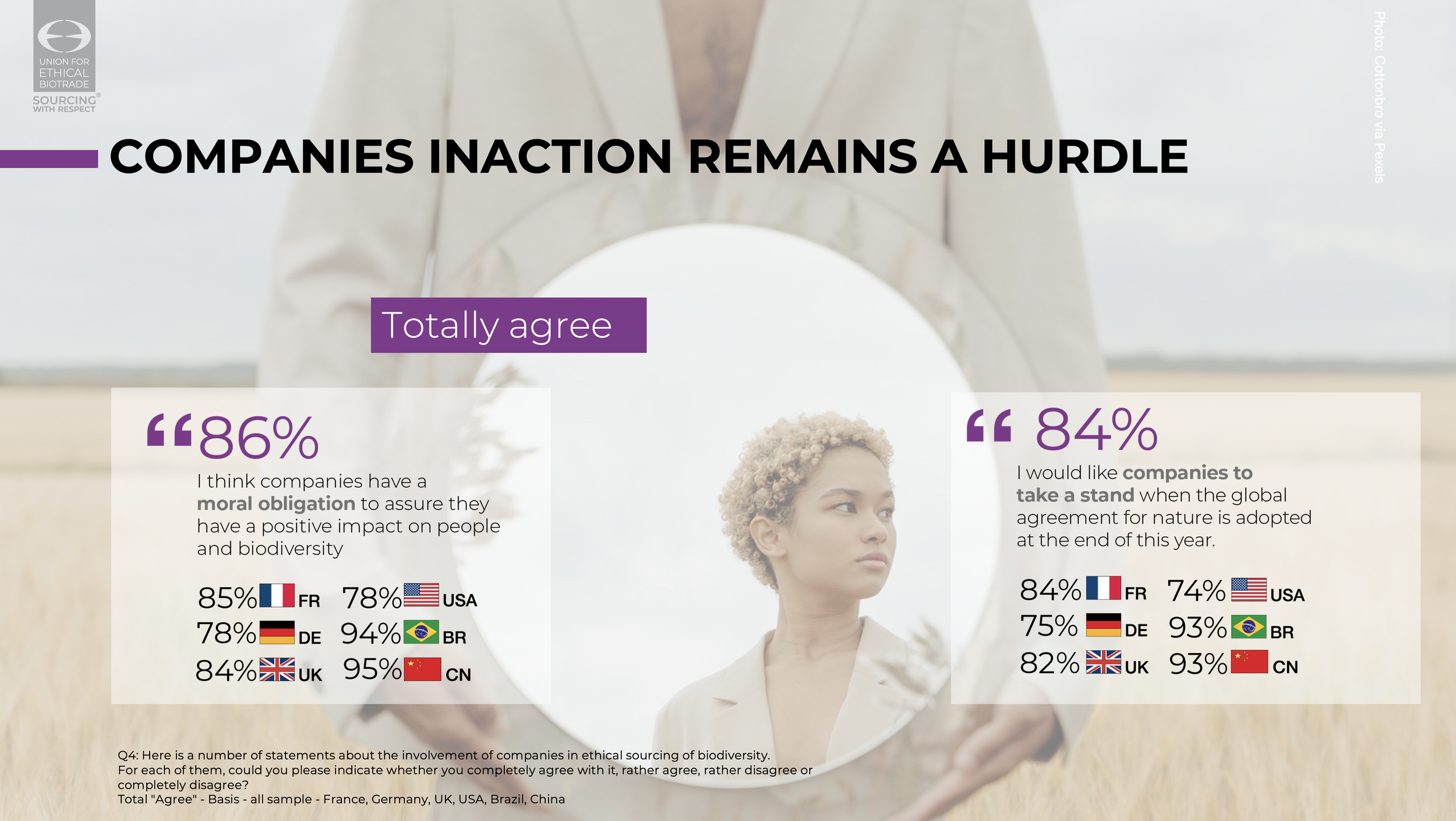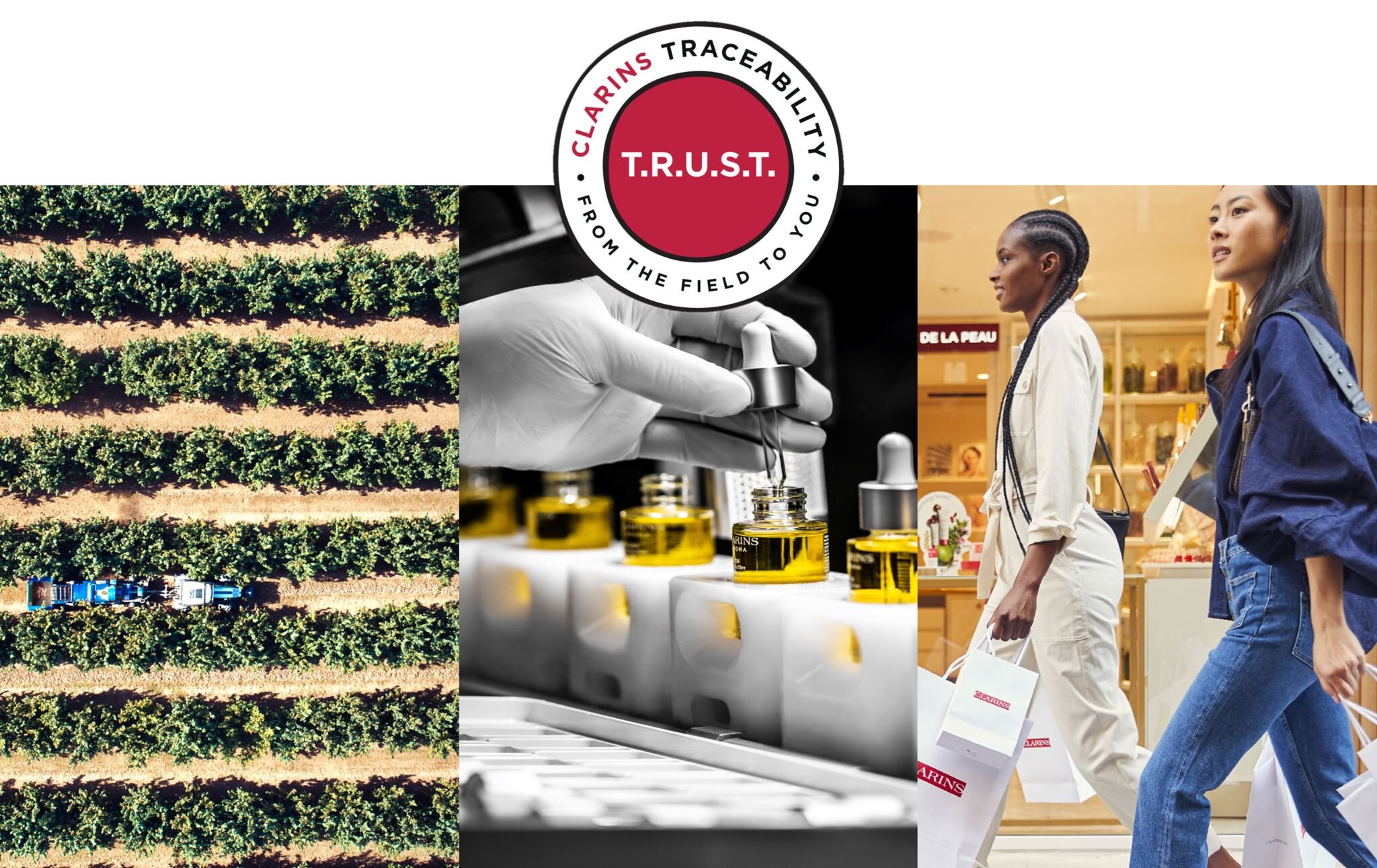Photo: Unsplash Dynamic Wang
During this period of perma-crisis, the rules of skincare are being rewritten as consumers navigate their way through compound stresses. In this context, darkness becomes a safe space, new semantics enter the skincare conversation and Gen Z continues to reinvent the very definition of self-perfection. Comfort and care are key drivers, but consumers are forging unexpected pathways to their new skincare goals.
In our latest deep-dive report, Beauty’s New Manifesto: Skincare & Wellness Inspiration from the US, the agency proposes 6 territories for innovation, drawing on the latest consumer shifts, social media trends, data analysis and product launches.
Below, is a snapshot of three core trends from the full 50-page report, which is available to order today.
1- Future Pioneers: Precious Synthetics
In pursuit of hyper-specific solutions, consumers are leaning even deeper into science and technology - hitching their skincare goals to the latest world-changing innovations. Science fascinates a new generation of consumers who are more engaged in scientific content than ever, with S.T.E.M. (Science, Technology, Engineering and Mathematics) careers now the #1 attraction for students in the US. Living through the pandemic and witnessing first-hand how science can directly improve society, drives the desire to realise science’s potential for positive change.
Precious Synthetics
Safe synthetics pose valuable solutions for two key consumer demands - potent efficacy and sustainable sourcing. Brands have an opportunity to change the narrative around chemicals by clarifying ingredient benefits and stepping up the sustainability story. The educational approach of brands such as Paula’s Choice, The Ordinary and The Inkey List, pivots on their ingredient-first positionings. Their collective successes positively impact the perception of safe chemicals.
The benefits of the 6 pro-collagen peptides that power Paula’s Choice’s Pro-Collagen Multi-Peptide Booster (February 2023) are clearly explained on the product packaging. The formulation harnesses newly researched peptide technology to target key proteins in the skin’s extracellular matrix. These signal proteins rebuild, strengthen and firm the skin at a deeper level with six pro-collagen peptides. Herbivore Botanicals has introduced 5% THD vitamin C into its ingredient list - an ultra-stable ingredient that improves the look of dark circles. It is the star ingredient of the Super Nova 5% THD Vitamin C Brightening Eye Cream (January 2023) which is further powered by antioxidant-rich turmeric and caffeine.
2 - Level-Up the Derma Story: Barrier Boom
Trust and proven efficiency become central to the derma game, as super-informed consumers seek professional-level products with medicalised claims. Fuelled by the surge in online medical influencers and the desire for proof of extreme efficiency, the skincare narrative is changing. The conversation is ramped-up to dermatologist-level, as once-professional terms, such as the skin biome, enter the lexicon of the everyday skincare consumer.
Barrier Boom
The awareness of biome-care has accelerated in the past six months in-line with growing reports of skin sensitivity. Spate figures confirm consumers’ concerns - searches for Barrier Repair are up +8.6% and there is a spike in searches for adjacent ingredients, including Ceramides (+35.6%), Panthenol (+168%) and Peptide Moisturizers (+96.2%).
Ingredients that specifically recruit bacteria to depollute the skin offer the best protection against environmental aggressors, meaning that pre/probiotics have become the norm in new barrier care products. Powered by pre-biotic beta-glucan and post-biotic lactococcus ferment lysate, Bliss’ Mighty Biome Pre/Pro-Biotics + Barrier Aid Deep Cleansing Balm melts into the skin to dissolve makeup, sunscreen and impurities while also hydrating to restore the skin’s balance. Packed with 5 ceramides and panthenol, the Ceramidin Skin Barrier Moisturizing Cream (January 2023) from Dr. Jart+ is a fast-absorbing, cushiony moisturizing cream. Vitamin-derived panthenol increases moisture and reinforces the skin barrier for more water retention.
3- Counterculture: Dark PotencY
In the grip of global unrest, the counter-culture offers an alternative refuge. The darkness conceals the unconventional and becomes an invitation to take a less-traveled path to happiness. Feelings of fear, nihilism and despair lead to controversial expressions of beauty, and a reframing of darkness as a state of comfort and safety. Ugly ingredients and uncanny visuals offer a strangely seductive counterpoint to the overly-sanitized side of skincare.
Dark Potency
In the permacrisis era, darkness is not wholly negative - new, optimistic perspectives emerge as consumers find happiness in unexpected places. This is a trend that first began circulating on social media, where #witchtok has clocked over 39.6B views and where iterations of the gothic trend have been propelled by Gen Z. Google searches for Southern Goth Aesthetic are predicted to increase +5.9% over the next 12 months, according to Spate.
Rituel de Fille embraces the spectrum of goth-adjacent visuals and witchcraft semantics - creating products that viscerally connect with the #witchtok universe. The moisturizing skin mist Thorn Milk (October 2022) takes on a mesmerizing property - appearing like droplets of blood in water. The brand also plays with viscerality - creating unexpected textures and product experiences. No more so than in the pulpy, jelly sensation of Thorn Pulp (October 2022) - a cleansing balm with a uniquely strange texture that feels almost fleshy.
The CIC Take
This manifesto for innovation prepares brands for a future that is rapidly being shaped by driven and demanding consumers who are seeking scientific solutions and unconventional pathways to well-being.
This is an extract of our latest report - Beauty’s New Manifesto: Skincare & Wellness Inspiration from the US, is the agency’s latest report.
Contact us today for information on how to get hold of the full 50-page report.
NB: * Source: Spate tool USA- Data from End february 2023 .
